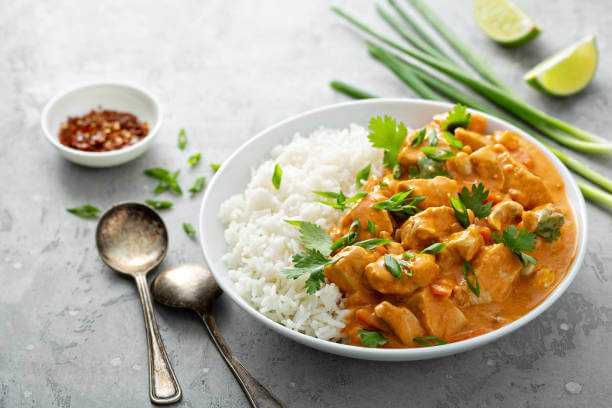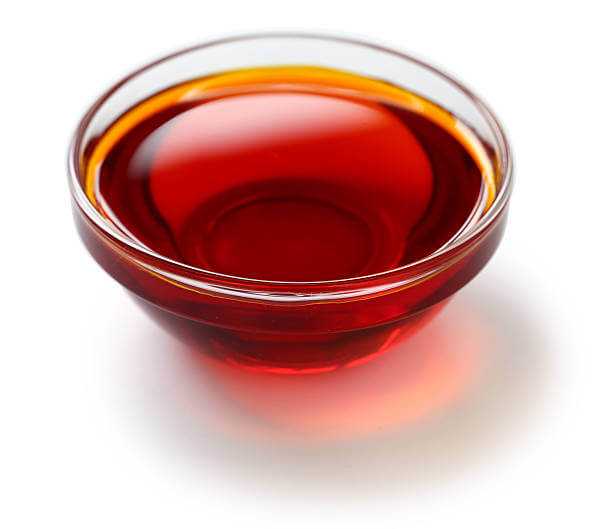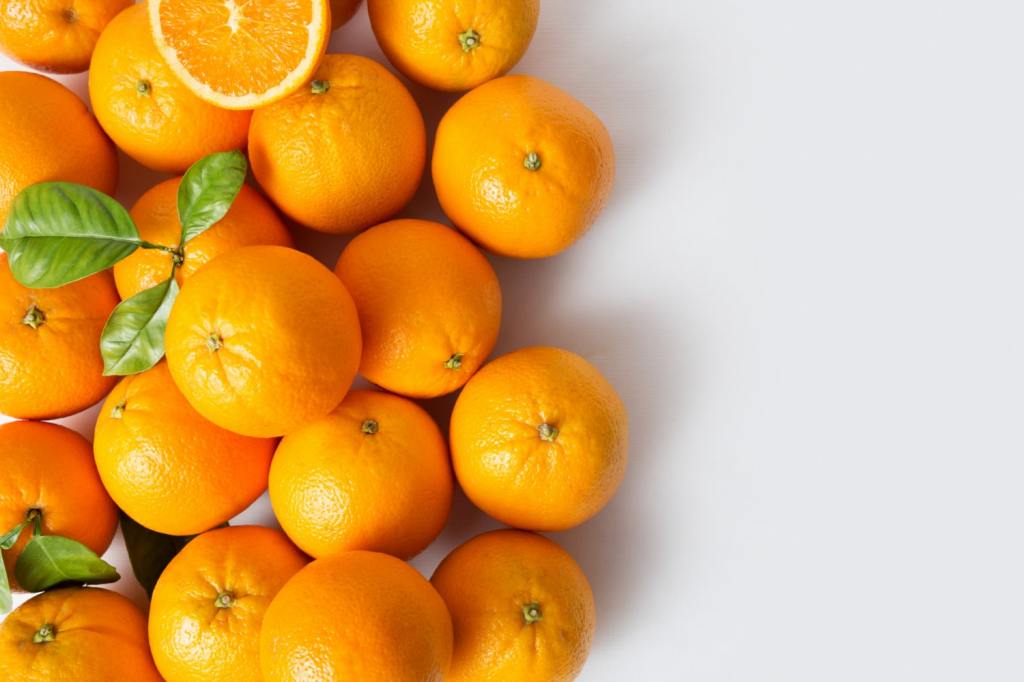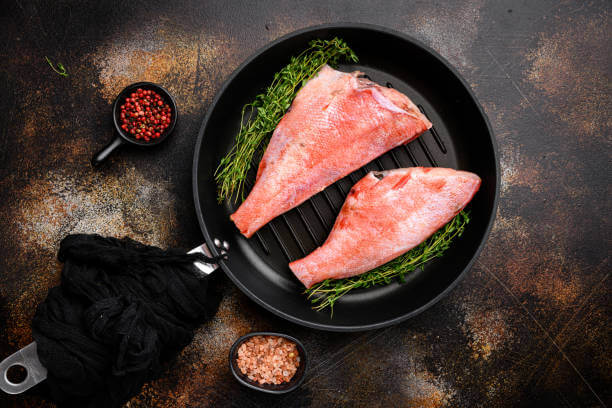
Did you know that Ackee is Jamaica’s national fruit? With its vibrant red exterior and unique starchy flesh, it is not just a beloved fruit but also an essential ingredient in Caribbean cuisine.
Ackee plays a significant role in Caribbean cooking, especially in Jamaican cuisine. It is often used in savoury dishes, adding a creamy texture and a hint of nuttiness to various recipes.
Let’s dive into the rich culinary traditions of Jamaica and discover how Ackee has become a staple ingredient in local dishes. From traditional breakfasts to hearty stews, Ackee’s versatility in the kitchen is truly remarkable. Join me as we explore how this national fruit has made its mark in Caribbean cuisine!

Nutritional Value of Ackee
Ackee, a fruit native to West Africa, is a powerhouse of essential nutrients that are vital for a balanced and healthy diet. This tropical fruit is a rich source of vitamins and minerals, including vitamin C, vitamin A, and potassium. It also boasts a good amount of fiber, which is important for digestive health and keeping you feeling full and satisfied.
In the Caribbean, ackee is a staple in the local diet, providing a crucial source of nutrition for many residents. Its role as a source of essential nutrients, especially in countries like Jamaica, is significant. The fruit is often paired with saltfish and served as a popular breakfast dish, providing a satisfying and nutritious start to the day.
Incorporating ackee into the diet promotes healthy and balanced eating habits. Its nutrient-dense profile makes it a valuable addition to meals, helping individuals meet their daily vitamin and mineral requirements. When combined with other fresh, locally sourced ingredients, ackee can contribute to a well-rounded diet that supports overall health and wellness.

Culinary Uses of Ackee
In Jamaican cuisine, Ackee is a beloved ingredient that features prominently in several traditional dishes. One famous dish is “Ackee and Saltfish,” where the Ackee fruit is sautéed with salted cod, onions, tomatoes, and peppers. This flavourful combination is often enjoyed with fried dumplings or boiled green bananas. Another popular dish is “Ackee and Breadfruit,” where the Ackee is paired with roasted or boiled breadfruit for a hearty and satisfying meal. Both of these dishes showcase the unique flavour and texture of Ackee and are cherished in Jamaican culture.
For a modern twist on traditional Jamaican cuisine, consider incorporating Ackee into a delightful vegetarian quinoa salad. Mix cooked quinoa with sautéed Ackee, diced avocado, cherry tomatoes, fresh cilantro, and a zesty lime vinaigrette for a refreshing and nutritious dish. You can also experiment with Ackee by adding it to a spicy chickpea curry to create a flavourful and protein-packed meal. For a fusion approach, try making ackee and plantain tacos with black bean salsa for a creative and delicious twist on tacos.
Beyond the traditional Jamaican dishes, Ackee can be used in a variety of culinary applications. It can be incorporated into omelets or frittatas for a unique and savoury breakfast option. Additionally, Ackee can be transformed into a creamy dip or spread by blending it with herbs, garlic, and olive oil. Its mild flavour and creamy texture also make it a great addition to pasta dishes, risottos, or even as a topping for pizzas. The versatility of Ackee provides endless opportunities for culinary creativity, making it a truly unique and valuable ingredient in the kitchen.

Ackee in Caribbean Culture
Ackee is an integral part of Caribbean festivals, celebrations, and cultural traditions. During festivals and gatherings, Ackee is often featured in traditional dishes such as saltfish and Ackee, which is a popular and beloved dish in the Caribbean. Its vibrant yellow color and unique taste make it a staple in festive feasts, adding a special touch to the culinary experience.

In Caribbean society, Ackee holds a symbolic significance that goes beyond its culinary uses. It is often seen as a symbol of prosperity, good fortune, and unity. In some Caribbean cultures, the Ackee fruit is also associated with love and togetherness, making it a cherished symbol in weddings and family gatherings.
The portrayal of Ackee in art, music, and literature reflects its cultural importance. In paintings and sculptures, Ackee is often depicted as a symbol of the Caribbean identity and heritage. Its presence in traditional folk songs and music further reinforces its role in the cultural fabric of the region. Additionally, Ackee is frequently referenced in Caribbean literature as a representation of resilience, strength, and the richness of Caribbean traditions.
Conclusion
Ackee holds a special place in Jamaican and Caribbean culture as it is not only the national fruit of Jamaica but also a beloved ingredient in the region’s cuisine. With its unique texture and buttery flavour, Ackee is a staple in dishes such as the iconic “Ackee and Saltfish.” Its rich history and cultural significance make it an essential part of Jamaican and Caribbean culinary identity.
The potential for Ackee to appeal to a global audience is immense. Its creamy texture and nutty taste are versatile and can be incorporated into various cuisines, making it an exciting ingredient for chefs and food enthusiasts worldwide. With the growing interest in diverse and exotic flavours, Ackee has the potential to captivate palates beyond the Caribbean and become a sought-after ingredient in international kitchens.
For those looking to expand their culinary horizons, exploring Ackee offers a delightful journey into the heart of Caribbean cuisine.





Leave a comment